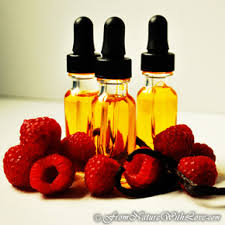
So it's practical time and the laboratory seems to have assumed a personality of its own, an ominous one at that, as the chemistry sessions seem to be getting hotter than ever in tandem with the climate out there, eh? Well, well, I don't really have the authority to say 'no worry, no sweat; let not studies get you upset!' - I wish I were your college principal but then where's the guarantee that I won't turn into an academic sadist (a thousand apologies if any of you readers happen to hold the venerable position but you see, if trashing your good name is what it takes to get the attention of young scholars these days, so be it!) as well?! However, in such a case, the least I can (and will) do is to share some useful information that I picked up during my own college days with all you future scientists out there! So, here's a brief and easy tutorial on extraction of trimyristin from nutmeg for a starter.
Isolation of Trimyristin from Nutmeg
Before we proceed towards the isolation procedure, let me give you a brief overview of what trimyristin is. It is a chemical derivative of myristic acid, a triglyceride to be specific. Myristic acid, in turn, is a saturated fatty acid and is found in abundance in nutmegs. In fact, the term myristic acid comes from Myristica fragrans which is the scientific name for the most common commercially available species of nutmeg. In fact, the genus to which nutmeg species belong is simply known as Myristica! Coming back to trimyristin (before this chemistry tutorial gets any more diverted and turns into a full fledged botany lecture!), this ester (Oh! Did I miss telling you that? Sorry!) is the chief constituent of nutmeg butter, accounting for as much as 75% of its total composition.
























No comments:
Post a Comment